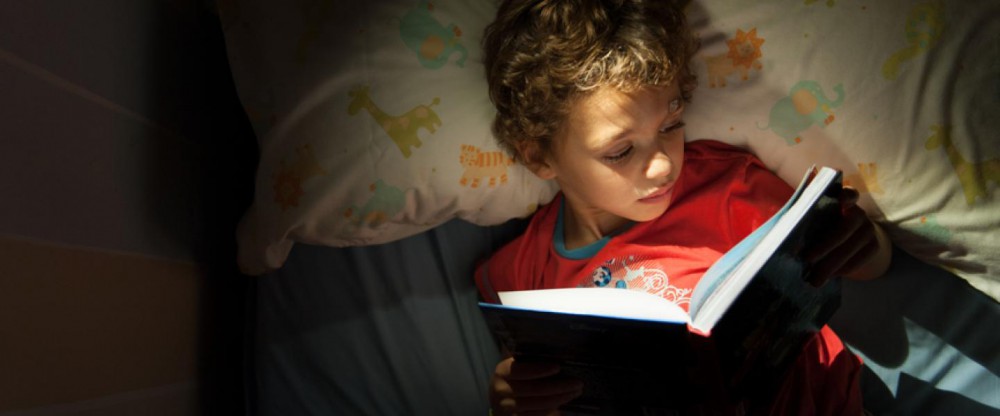Helping Kids Sleep Well When Naps End
Giving up naps is a major milestone for a small child. But unlike taking her first steps or saying his first words, the break with napping often comes with as many struggles as celebrations. Just like the shift from two naps to one as an infant, transitioning from daytime sleep sessions to all-day-awake mode can bring its share of growing pains. It’s best to be prepared for an awkward period where your child may be crabby during the time previously designated for napping, or unable to sleep at bedtime if a nap has occurred.
Don’t be discouraged: It’s a phase all kids go through. About half of all children stop napping by age four, and 70 percent are done with daytime sleep by age five. What are some signs that your little one is ready to drop the nap habit? Consistently taking 45 minutes or more to fall asleep for a daytime snooze or getting 11 to 12 hours of sleep overnight are two big ones. If you think it’s time to give nap-less living a try, follow these steps to ease the transition.
Nap as Needed
Napping doesn’t have to be an all-or-nothing proposition. While some children might be fine quitting cold turkey, others may do better with a gradual approach. For instance, consider skipping naps for three days, then napping again on the fourth. Alternately, you could shorten the naps by waking your child within the hour to keep daytime sleep from interfering with bedtime. Even a 20-minute nap can have benefits for a small child. There is no one-size-fits-all formula, so follow your child’s cues to figure out the right sleep strategy.
Turn Naps into Quiet Time
Skipping an afternoon nap doesn’t mean your child is ready for constant action from morning to night. An hour of quiet time in the afternoon can offer an important opportunity for a non-napping child to re-group (not to mention restoring the caregiver’s energy, too). Reading books, coloring quietly, and listening to calming music are all good ways to rest up for the evening ahead.
Move Bedtime Earlier
If your child is no longer napping, bedtime hours may need to be adjusted to be sure you still provide enough time for sleep. Preschoolers should get 10 to 13 hours of sleep a day, with or without naps, which could mean going to sleep as early as 6:30 PM depending on what time your child wakes up in the morning.
The right head support can greatly improve how comfortable you feel in bed.Is pain keeping you awake? Find out why pain affects sleep and what you can do to sleep better.Nearly one-quarter of all workers have shifts that are not during the daytime, and more than two-thirds of these workers...Explore how today's modern family sets rules for sleep, navigates the use of technology in the bedroom, how parents can...The Electronics and Sleep infographic highlights how technology affects the modern family and how parents can help design a sleep...Orexin receptor antagonists: A new class of sleeping pill Find out more about orexin, and a new type of sleep...Great news: more than three-fourths (76%) of those surveyed say that they had a good night’s sleep at least a...Having a normal sleep schedule—meaning you go to bed and wake up around the same time every day—can help your...If your child’s bedtime routine during the summer has slipped with staying up late and sleeping in late, it’s never...When it comes to training for sports, many student-athletes and their parents recognize the importance of eating well and exercising...

Source: Internet
